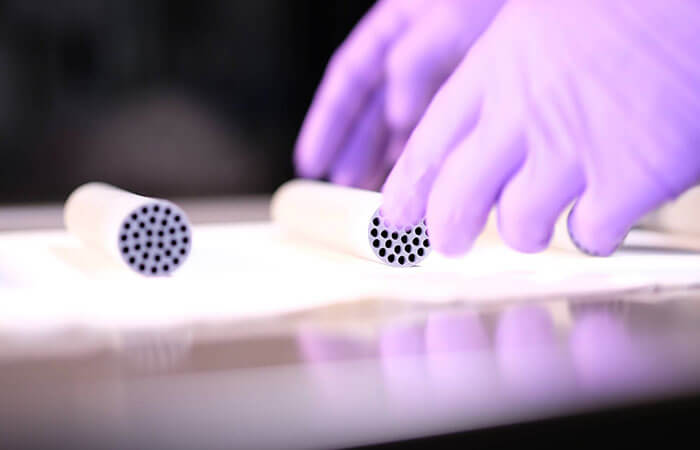
Chemical production
A Fantastic Shortcut
No diversions: Researchers from Evonik and the Leibniz Institute for Catalysis have succeeded in converting butadiene directly to adipic acid.

Chemical production
The Direct Route
Evonik plans to use a new method to make the production of propylene glycol more sustainable.

Plastic
Implants from the 3D printer
Evonik is investing in the Chinese 3D printing specialist Meditool.

Carbon
The new formula C4
Absolutely unique: Evonik is using an award-winning purification process to make the refinery byproduct FCC-C4 a useful raw material.
ELEMENTS Newsletter
Get fascinating insights into the research Evonik is conducting, and its social relevance, by subscribing to our free newsletter.


